Aegis lab
VR Simulation Training for High-Risk Professions

Exploring the potential of VR to transform how firefighters, paramedics, and tactical officers train for critical, life-threatening situations.
Overview:
As a passion project, I designed a conceptual VR training platform that provides professionals in high-risk fields with realistic, repeatable emergency simulations. The system aimed to replicate the intensity of real-world crises while reducing physical danger and training costs. With VR’s ability to create adaptive scenarios and integrate teamwork dynamics, this project explored how technology could enhance decision-making, coordination, and safety outcomes for first responders.
Key responsibilities:
Outcome:
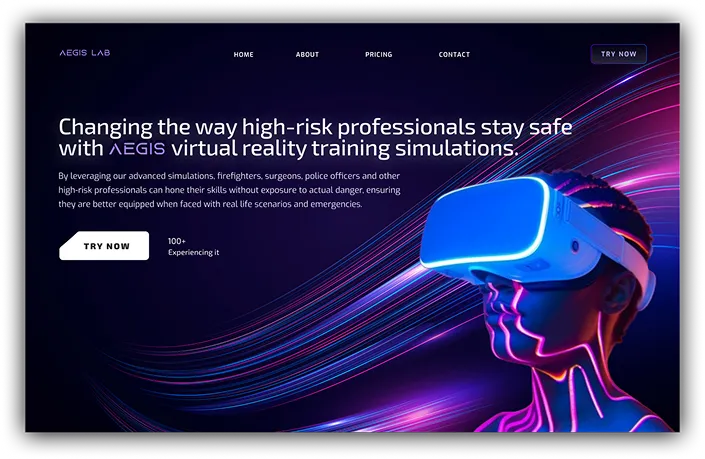
Home Screen
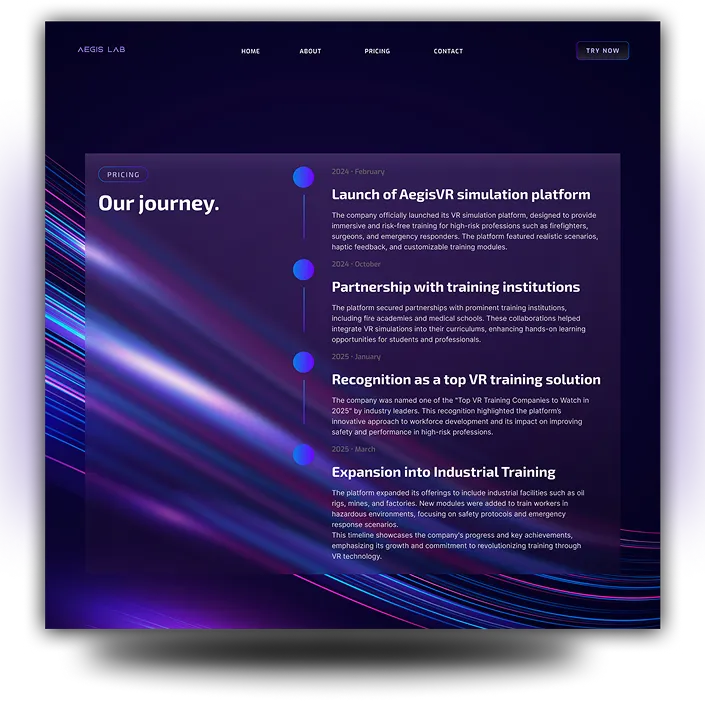
Company Story
How might we create safer, more realistic training methods that prepare first responders for rare, complex, and high-risk scenarios?
Traditional training methods are resource-heavy, often requiring live drills, expensive equipment, and controlled environments. While valuable, they can’t always replicate the unpredictability of real emergencies or allow repeated practice of dangerous scenarios. Inconsistencies in team coordination further complicate outcomes.
This project explored how VR could fill these gaps by delivering safe, adaptive, and immersive training environments that replicate the pressure of real crises without physical risk.

Payment Screen
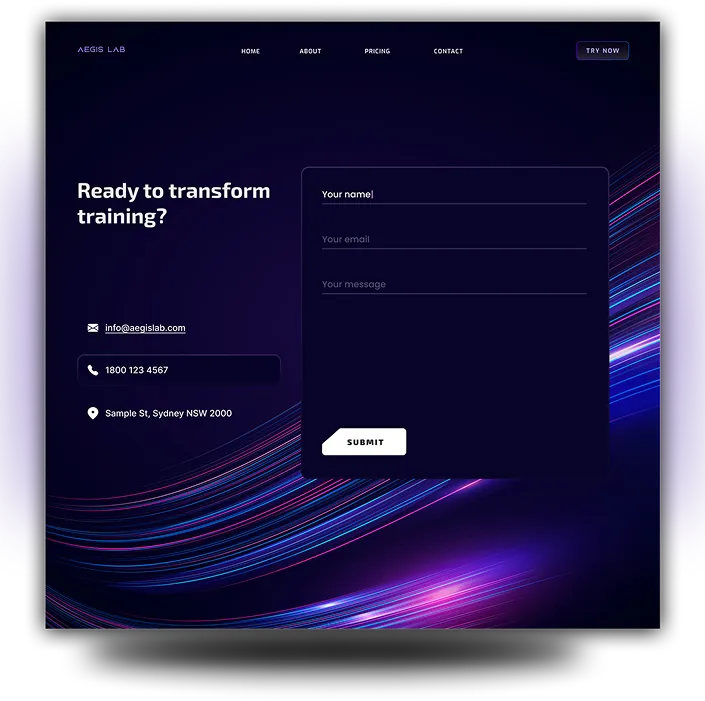
Contact Screen
Studying gaps in existing training methods and opportunities in VR simulations.
I conducted secondary research on how firefighters, paramedics, and tactical teams currently train, uncovering the heavy costs and limited adaptability of traditional methods. I also reviewed VR applications in aviation and military training to understand how immersion can improve skill retention and decision-making. The research helped highlight VR’s potential not just for practice but for adaptive learning and confidence-building.
This research aimed to validate my assumptions on:

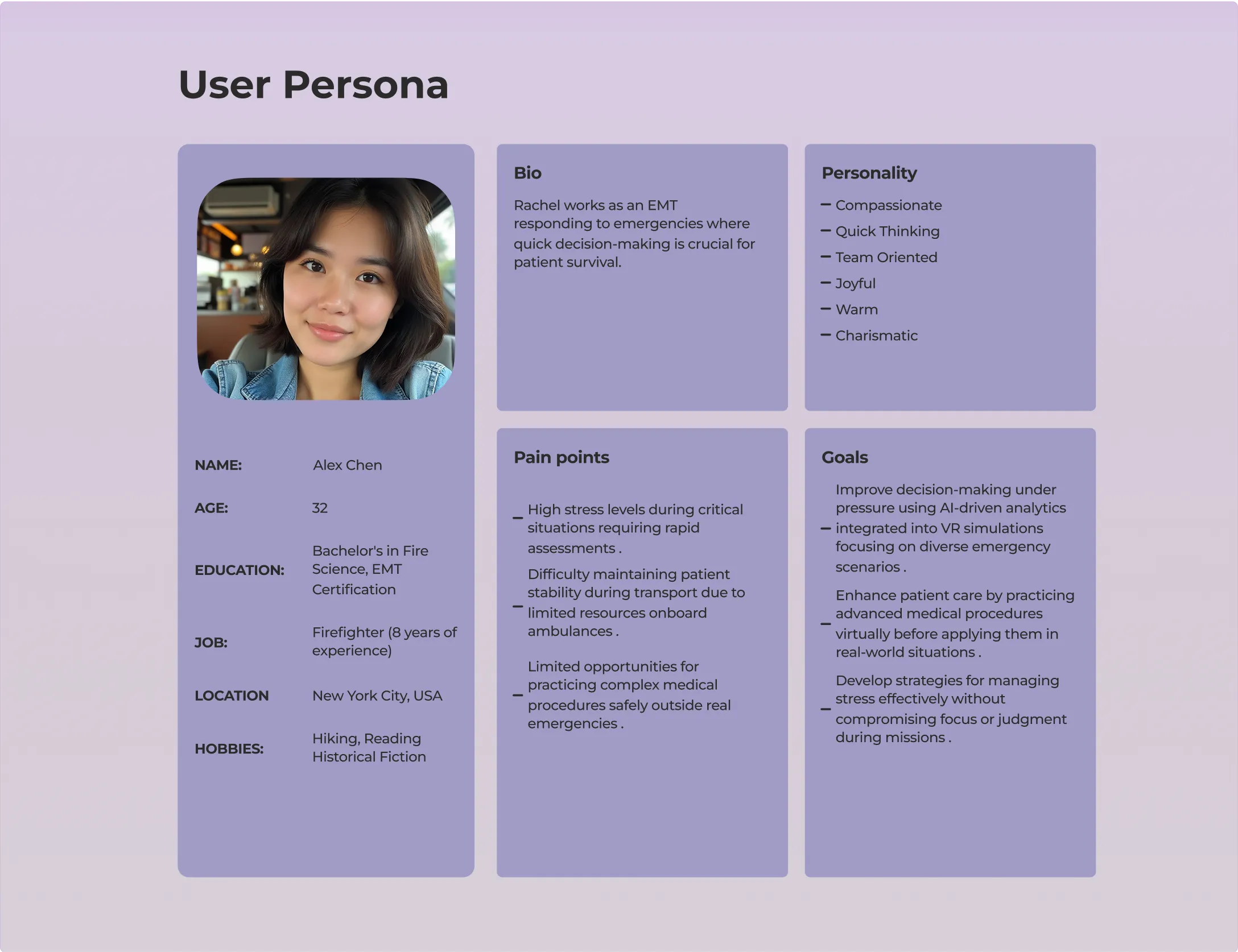
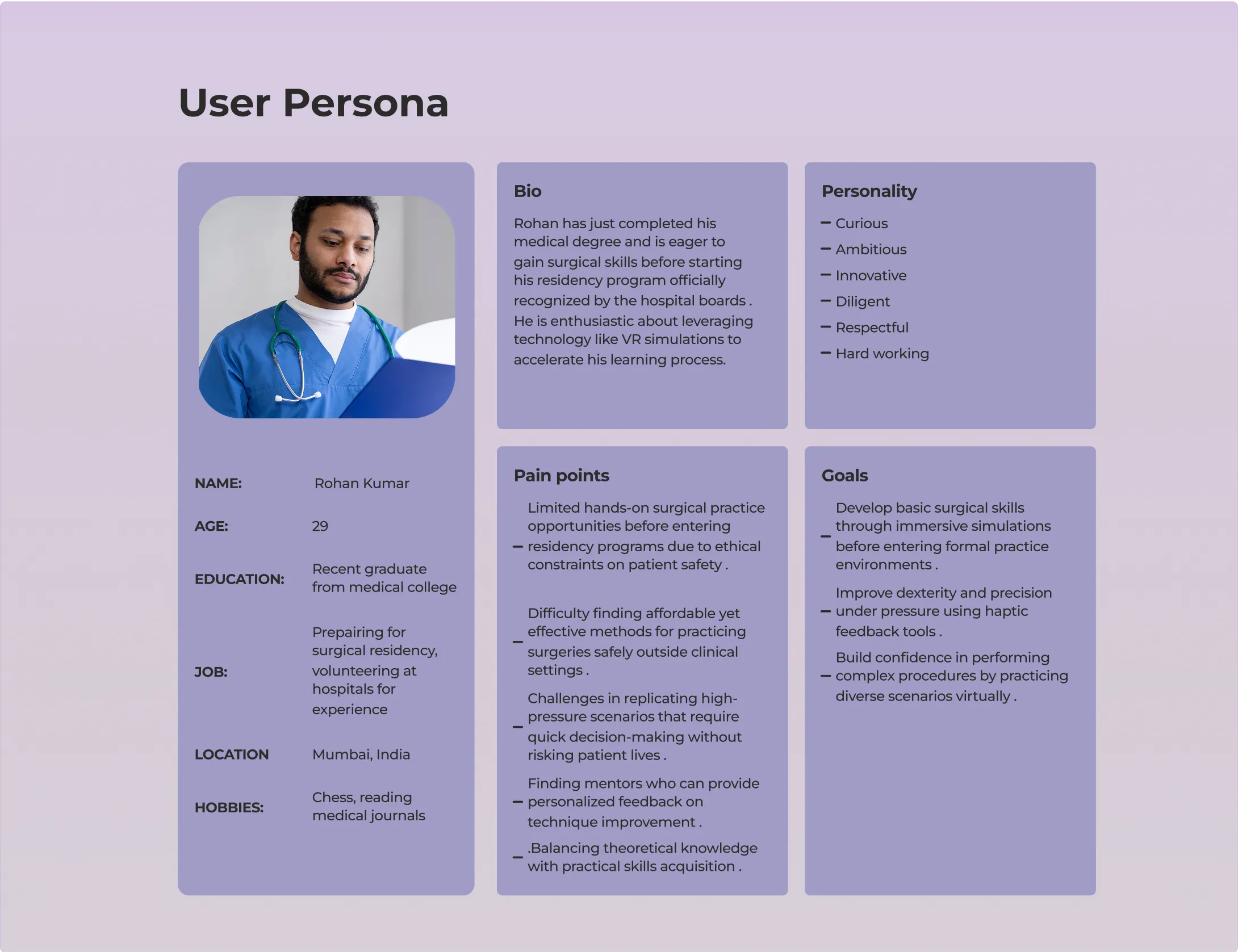
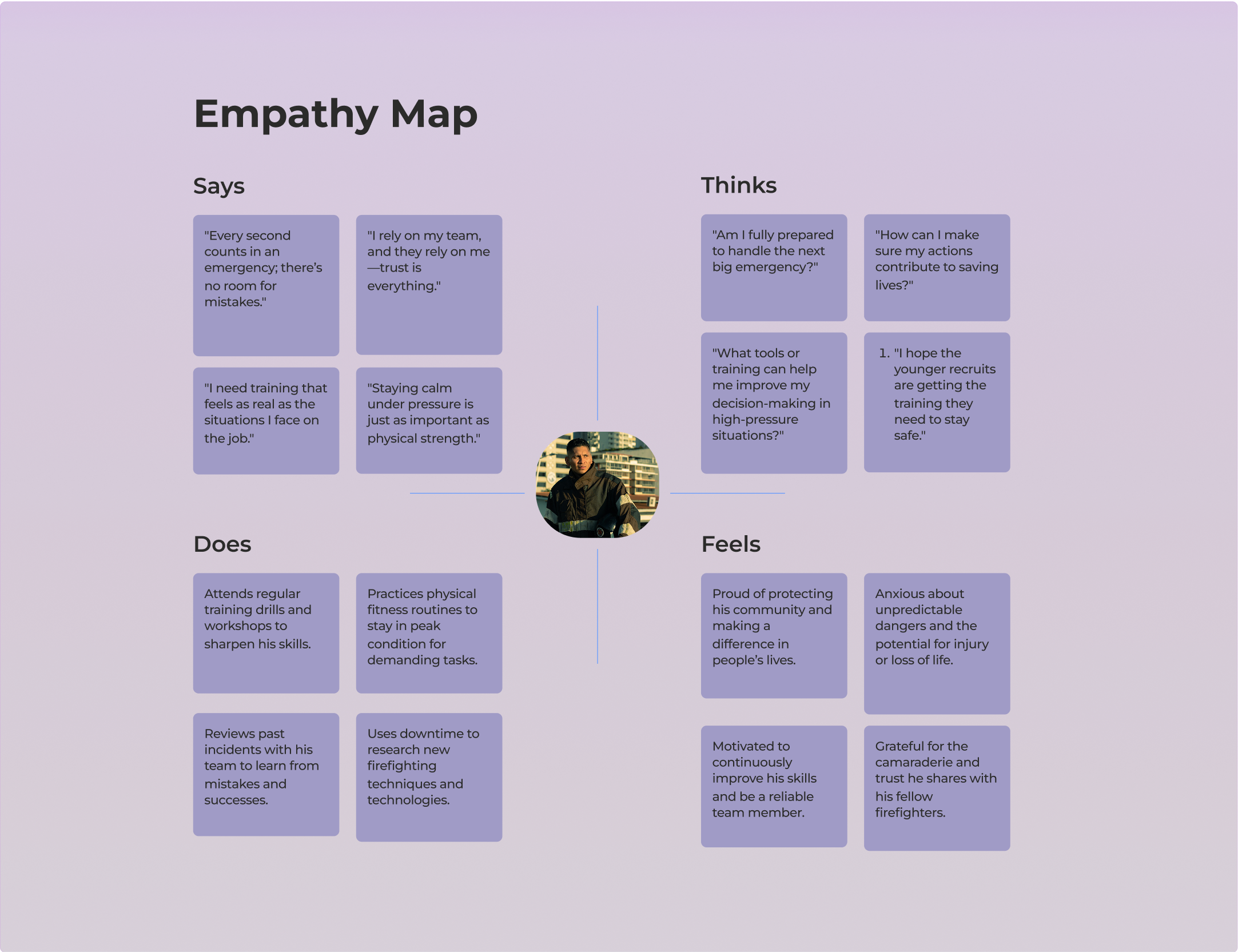
To solve the issues of distraction, disconnection, and burnout, I designed Neuro Hive as a multi-platform, AI-powered workspace.
Solutions included:
The solution combined immersive 3D environments for collaboration with AI task prioritization, meeting assistants, and well-being tools. Focus features helped users protect time for deep work, while dashboards provided visibility into workload balance. Designed to scale across VR, desktop, and mobile, the platform blended futuristic immersion with everyday usability.
.webp)
.webp)
.png)
.webp)

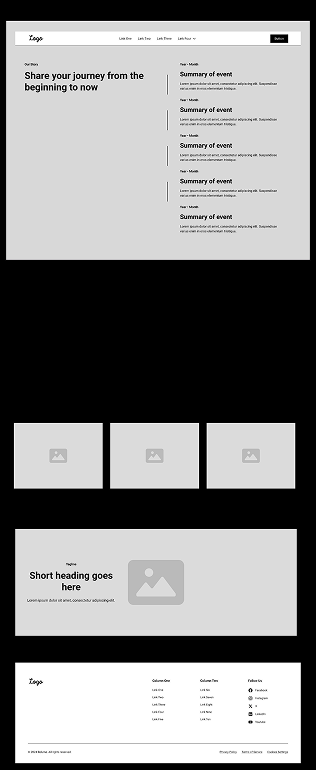

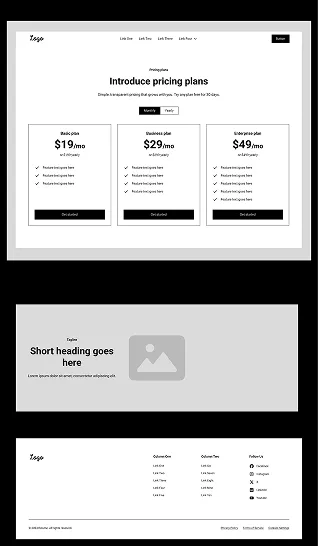


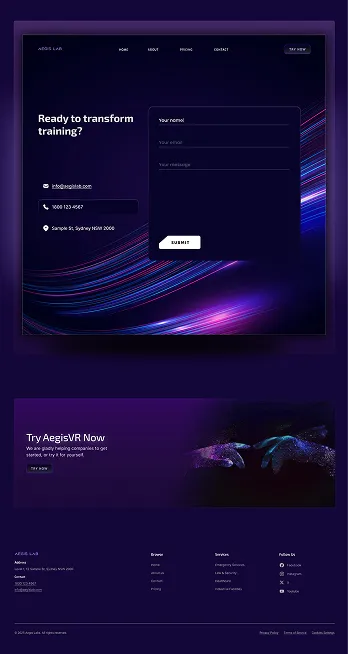



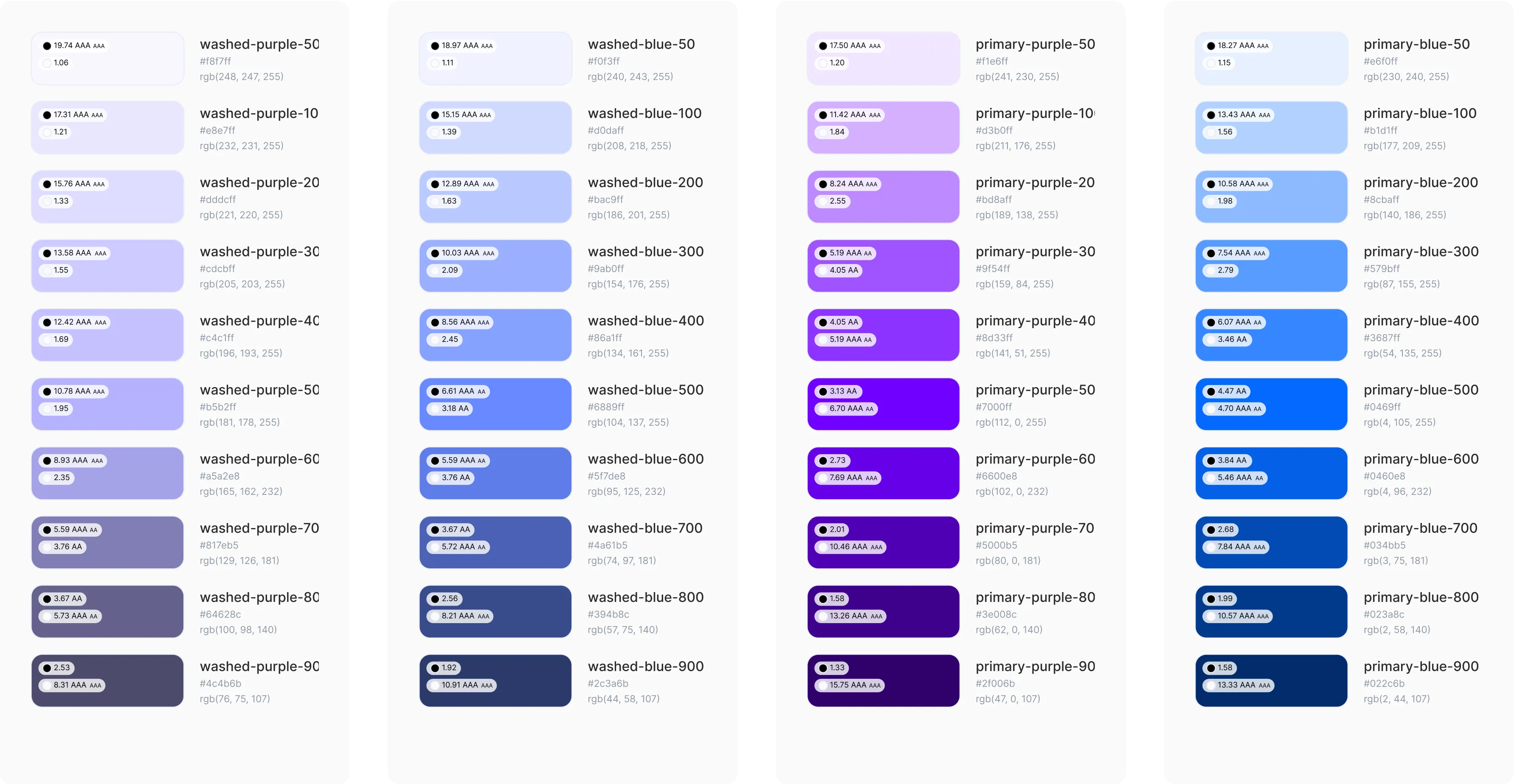
To address the gaps of cost, risk, and realism in traditional training, I designed a VR-powered training ecosystem.
The solution combined immersive, repeatable emergency scenarios with AI-driven adaptability, team collaboration tools, and multi-platform access. Trainees could practice rare, high-risk events repeatedly, build confidence, and improve decision-making without danger. Post-simulation analytics provided actionable insights into performance, supporting continuous skill development.
As a conceptual project, outcomes were measured through design exploration and scenario validation.
Metrics & Engagement (projected):
Future Development & Feasibility:
If developed further, the MVP would begin with desktop and mobile modules, later expanding into full VR training environments. Partnerships with training academies and emergency institutions could validate feasibility and adoption. Long-term, the solution has potential to reduce real-world training accidents and improve emergency outcomes at scale.
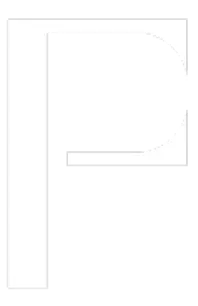


.webp)
